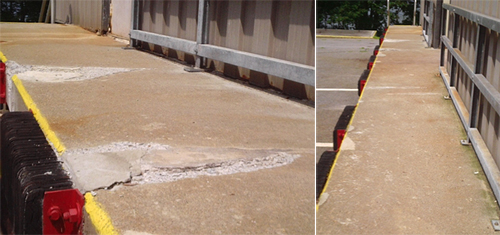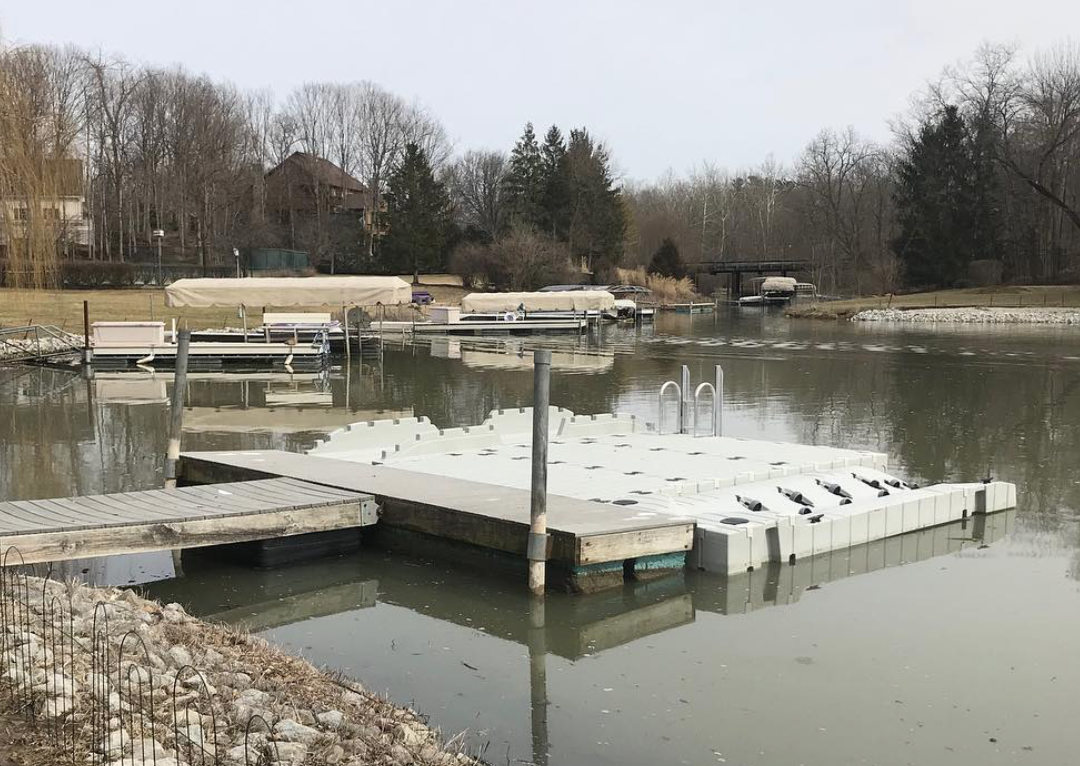Common Problems That Lead to Expensive Dock Repairs
Common Problems That Lead to Expensive Dock Repairs
Blog Article
Reliable Dock Repair Service Techniques: Making Certain Structural Honesty
Ensuring the architectural stability of anchors via efficient repair work methods is critical for the long life and safety of aquatic facilities. This entails a multi-faceted technique beginning with extensive assessments making use of innovative modern technologies like sonar tools and from another location ran cars (ROVs) to identify both noticeable and hid damages. Subsequently, choosing the best fixing materials, such as composite products and corrosion-resistant alloys, is critical for resilience. Architectural reinforcement methods, including the execution of cross-bracing systems and load-distribution plates, play an essential duty in mitigating stress and anxiety factors. Nevertheless, the significance of these methods ends up being apparent when discovering sophisticated repair approaches and preventative maintenance methods.
Analyzing Dock Damages
Examining dock damages is a vital initial step in making sure the architectural honesty and safety and security of any type of docking center. This initial examination entails an extensive examination to recognize both concealed and noticeable problems. Secret facets to take a look at include the dock's foundation, pilings, outdoor decking, and equipment. Each component should be inspected for signs of wear, rot, corrosion, or various other types of destruction that can endanger the architectural integrity.
Structural designers or qualified assessors generally execute these evaluations using specialized strategies and tools. Underwater inspections could use finder tools or from another location operated vehicles (ROVs) to identify immersed damages. Over water, visual evaluations are enhanced by utilizing moisture meters and other analysis tools to discover underlying concerns not quickly visible to the nude eye.

Deciding On Repair Work Products
Choosing the appropriate repair work materials is a critical action in the dock reconstruction process, one that directly affects the longevity and efficiency of the repaired structure. Product selection should be driven by variables such as ecological problems, load-bearing needs, and compatibility with existing dock components. Timber is a conventional choice for anchors due to its natural durability and visual allure. Nonetheless, selecting the best kind of timber, such as pressure-treated lumber or normally rot-resistant types like cedar or teak wood, is essential to stand up to marine atmospheres.
Along with timber, composite materials are progressively popular due to their toughness and reduced maintenance requirements. Compounds, commonly made from a mix of plastic and wood fibers, use outstanding resistance to rot, pests, and UV damages. For steel anchors, picking corrosion-resistant alloys such as galvanized steel or marine-grade aluminum is necessary to prevent rust and make certain architectural stability in saline water problems.
Epoxy materials and marine-grade sealers are vital for repairing splits and sealing joints, supplying a water-proof barrier and enhancing the dock's total stamina. By thoroughly picking high-grade materials, dock repair services can accomplish lasting outcomes, thus protecting versus future degradation and guaranteeing risk-free, trusted use.
Structural Reinforcement Strategies
Effective architectural support strategies try this are vital in making certain the stability and longevity of dock repair work. This technique is particularly efficient for docks exposed to heavy lots or severe environmental conditions.
An additional important technique is the application of fiber-reinforced polymers (FRP) These materials supply high strength-to-weight ratios and superb resistance to rust, making them perfect for strengthening concrete or wood docks. FRP can be applied in sheets or strips and adhered with epoxy materials to improve architectural honesty.
Bracing and securing systems also play a crucial function in architectural support. Cross-bracing, making use of metal or wood beam of lights, can neutralize lateral pressures, reducing guiding and motion. Anchoring systems, such as helical piers or driven heaps, give a secure structure by transferring loads to much deeper, extra stable soil layers.
Lastly, the integration of load-distribution plates can aid distribute weight a lot more equally throughout the dock's surface, mitigating local stress points. These techniques jointly ensure that anchors continue to be secure and robust, with the ability of holding up against the rigors of their operational environment.
Advanced Repair Techniques

One more innovative technique entails undersea welding, which allows for repair work to be carried out without the requirement to dewater the area. This approach is especially beneficial for addressing architectural concerns in immersed dock elements, guaranteeing marginal interruption to procedures. Boosted welding strategies, combined with robotic systems, provide accuracy and integrity, thus prolonging the lifespan of the dock.
Furthermore, cathodic protection systems are applied to stop corrosion in metal dock frameworks. By utilizing sacrificial anodes or impressed current systems, these strategies effectively minimize the electrochemical processes that result in product wear and tear.
Finally, advanced surveillance technologies, such as structural wellness surveillance (SHM) systems, offer real-time information on the condition of dock structures. These systems make it possible for positive maintenance and timely interventions, ultimately making certain the long-term helpful resources structural honesty of the dock.
Upkeep and Prevention
Upkeep and avoidance are basic principles that underpin the long life and safety and security of dock structures. Routine evaluations are paramount, permitting early detection of deterioration, potential weaknesses, and ecological effects. An aggressive strategy, entailing routine checks for rust, rot, and architectural shifts, minimizes pricey repair services and extends the dock's functional life.
Safety nets must include using protective coatings to metal parts to defend against corrosion and making use of cured wood to stand up to degeneration. In addition, making sure correct drainage and air flow can protect against water build-up, which is an usual source of architectural deterioration. Integrating quality materials and adhering to producer guidelines during building and fixing phases likewise play crucial duties in improving longevity.

Educating personnel in dock maintenance ideal techniques makes sure regular application of preventative measures. Leveraging technical developments, such as click to find out more drones for evaluations and sensors for real-time surveillance, can additionally boost upkeep initiatives. By focusing on upkeep and avoidance, dock owners can guarantee architectural honesty, functional safety, and cost-efficient monitoring over the dock's life expectancy.
Conclusion
In verdict, preserving the structural honesty of marine centers requires detailed dock fixing methods. Advanced repair service techniques, combined with normal maintenance practices, guarantee the dock remains secure and functional under varied environmental conditions.
Making certain the structural stability of anchors via efficient repair techniques is critical for the long life and safety of marine facilities.Choosing the proper repair materials is an essential action in the dock restoration procedure, one that directly affects the longevity and efficiency of the repaired framework.Reliable architectural reinforcement strategies are crucial in ensuring the stability and long life of dock fixings. By prioritizing maintenance and avoidance, dock owners can make certain structural honesty, operational safety, and cost-effective monitoring over the dock's lifespan.
In conclusion, maintaining the structural stability of marine facilities demands extensive dock repair service methods.
Report this page